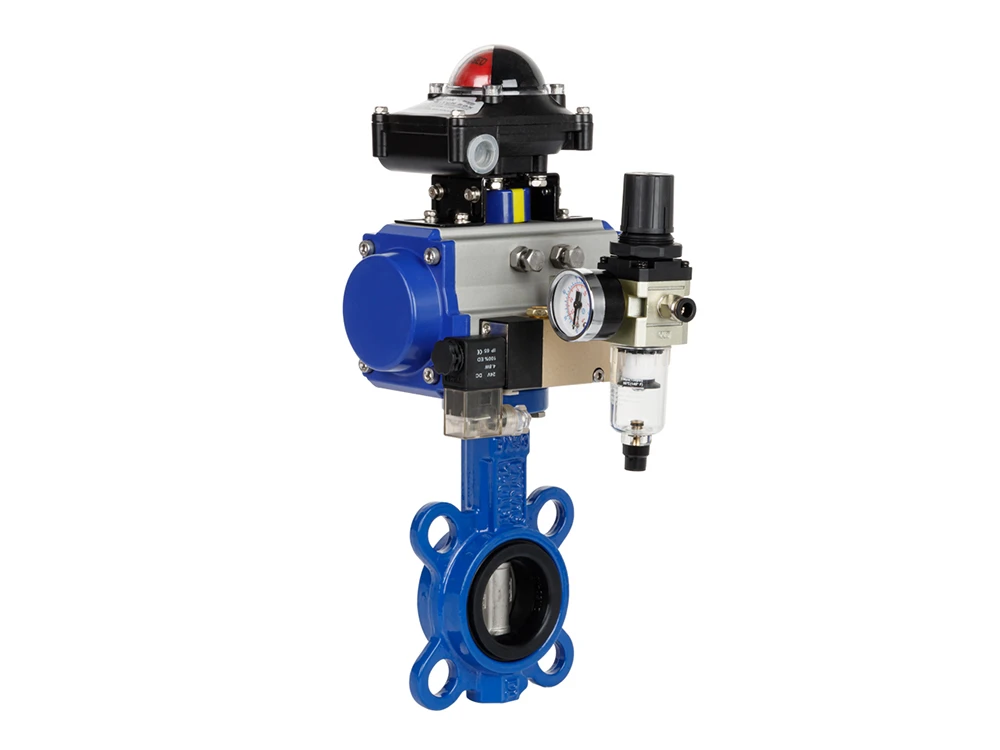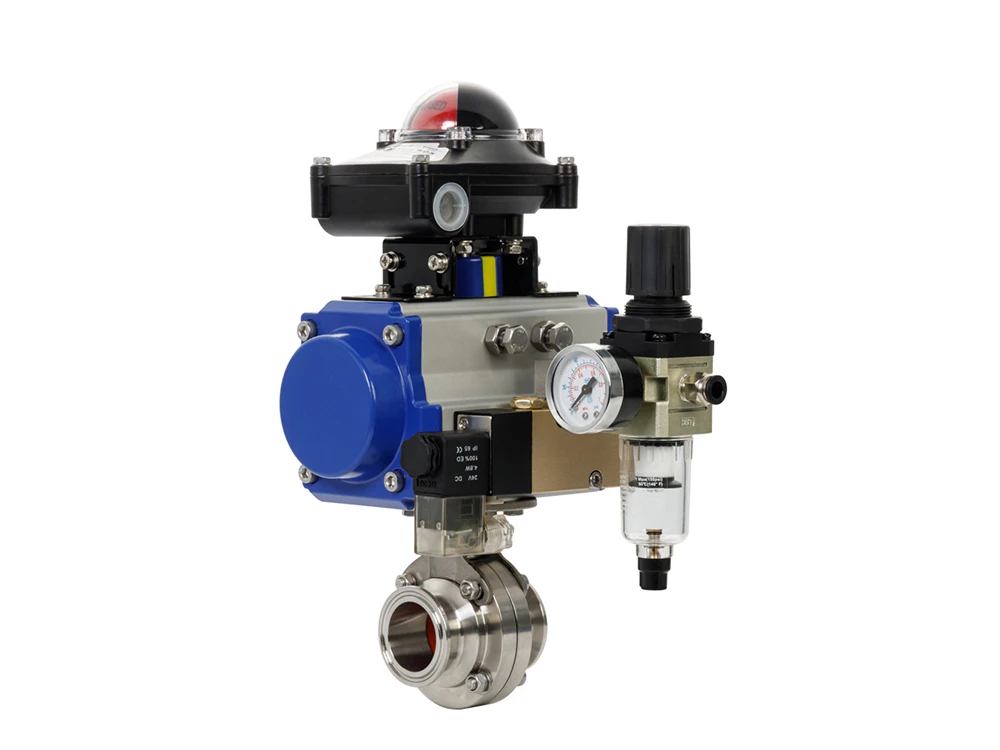What is the function of check valve?
A check valve is frequently utilized in control applications to guarantee that the flow of liquid or gas proceeds in a single direction only. To fulfill this particular function, check valves typically possess two ports. One of these ports is for the fluid to ingress, whereas the other one is for the fluid to egress. In this piece, we will examine the crucial functions of a check valve within the industrial realm, its employment in diverse kinds of systems, as well as the comparison of its functionality with that of a non-return valve.
What does the check valve do?
The primary functions of a check valve in flow systems comprise the prevention of reverse liquid or gas flow, the deterrence of water hammer phenomena, the management of fugitive emissions, and the regulation of pressure balance and relief.
Prevention of Backflow
The fundamental role that a check valve undertakes in a system is to impede backflow. The occurrence of backflow can inflict damage upon industrial systems in multiple respects. For instance, backflow leads to the reversal of the impellers of pumps and compressors, which might result in burnout.
Within an industrial context, such equipment is rather costly. Consequently, a check valve functions as a safeguarding apparatus. Moreover, backflow might lead to the unwanted intermingling of substances or the pollution of upstream media. For example, in a water treatment facility, check valves guarantee that treated water does not flow back into the untreated water storage tank.
Avoiding Water Hammer
Another crucial application of a check valve is to preclude the emergence of a water hammer. A water hammer transpires when there is a swift alteration in the velocity of a fluid. Ordinarily, this takes place when a flowing fluid abruptly encounters an impediment, such as a valve closing speedily. Consequently, the fluid throbs throughout the system accompanied by a substantial pressure boost that might give rise to damage to pipes or equipment.
The damage may occur promptly or over an extended period due to weariness if the incidence of water hammer is recurrent. The configuration of non-slam check valves along with an end damper proves efficacious in averting this occurrence, particularly in vertical piping.
Fugitive Emissions Control
With environmental regulations growing more stringent, it is of great significance to possess valves that are certified by industrial norms regarding gas leakage prevention. A dual-plate check valve serves to avert fugitive emissions, particularly when the pressure boundary lacks threaded plugs. Additionally, this dual-plate design is efficacious in countering water hammer, more convenient for maintenance, and has a more extended service life.
Pressure Balance and Relief
In specific compressor systems, there might be a necessity to maintain certain components under pressure while others are depressurized. This can be accomplished by tactically positioning check valves to guarantee that the air that enters the pressurized zones cannot escape.
A check valve also operates proficiently as a pressure relief valve to preclude excessive pressure magnitudes within a pipe segment or a vessel. In such an application, the check valve would discharge the gas in the section into the surroundings or another vessel once the pressure attains a specific limit. Subsequently, when the pressure drops beneath the limit, the valve closes the outlet.
Application in Various Systems
Owing to the distinctive non-return characteristic of a check valve, it is frequently utilized in numerous industrial applications, as the subsequent sections will illustrate.
Hydraulic Systems
In hydraulic systems, critical functions are performed by a check valve, including:
Pressure Control
Both direct-acting and pilot-operated check valves play the role of pressure relief valves within hydraulic systems.
Direct-acting valves make use of a spring which remains in a normally closed state until the system reaches the valve’s cracking pressure. As the system pressure increases, the valve opens wider. It continues to open until it attains the full relief valve pressure, at which point it is completely open.
When it comes to pilot-operated check valves, they are two-staged valves and generally function at higher pressures compared to their direct-acting counterparts. In the initial stage, the system’s pressure has to surpass a smaller spring-loaded piston to permit fluid to flow through the valve. Subsequently, this results in a pressure drop which then causes a larger piston to open, enabling full flow through the valve during the second stage.
Pump Protection
Frequently, hydraulic systems employ multiple pumps. When these systems are running at full capacity, these pumps might be operating simultaneously. Nevertheless, this state doesn’t last for an extended period, and usually, only a few pumps are in operation for the majority of the time. In such circumstances, check valves play a crucial role in preventing the operating pumps from directing fluid into the non-operational ones, as this could potentially cause damage to the latter.
Moreover, hydraulic systems commonly make use of accumulators to maintain the system’s pressure when the pumps are not in operation. Check valves serve to stop the return of fluid to the pump, thus averting backspin.
Maintaining Prime
For pumps to avoid getting damaged, it is essential that fluid is present within them at all times. Check valves are installed at both the inlet and outlet of pumps to guarantee this requirement is met.
Water Pump
A check valve undertakes multiple functions within water pumps and water distribution systems in general. In order to guarantee that there is always water available in the pump for a safe startup, check valves are invariably positioned on both the entrance and exit lines of the pump. The installation of check valves at a pump serves to isolate it from backflow as well as the detrimental impacts of water hammer.
In water treatment facilities, it is quite common to come across check valves arranged in a series. This setup ensures that wastewater is unable to reenter the system. Additionally, check valves play a vital role in preventing elements from the external environment from contaminating clean water.
Boiler
Ball check valves constitute one of the most crucial elements when it comes to regulating the water flow from the feed pump to the boiler. When the boiler pressure rises above the pump pressure, these valves serve to impede backflow from the boiler to the pump. Furthermore, they also prevent backflow during the periods when the feed pump is not in operation.
Check Valve vs Non-return Valve
In actual practice, the terms “check valve” and “non-return valve” are often used interchangeably on account of the similarities they possess. Both types of valves permit the flow of fluid in only one direction. Nevertheless, there exists a fundamental distinction between them. A non-return valve assumes either a fully open or a fully closed position for the inlet pressure of the fluid. In contrast, the check valve provides a variety of flow rates depending on the inlet pressure of the fluid. Hence, it can be reasonably stated that a check valve is a subtype of non-return valve that enables flow regulation.





